1. George Washington Had Wooden Teeth

Another classroom favorite: America’s first president had wooden dentures. While Washington did wear dentures, they weren’t made of wood — they were crafted from a mix of ivory, human teeth, and metal, according to Kev Lochun from History Extra. Some of the teeth may have even come from enslaved people, which adds a much darker context. The wooden part likely came from the way the dentures stained and looked over time.
Still, this myth has been passed down as a quirky historical tidbit to make Washington seem more relatable. But the real story is more complicated and, frankly, more uncomfortable. Sanitizing history with fun little lies does a disservice to the truth. It’s okay to let the guy be flawed — wooden teeth don’t make him any more heroic.
2. Columbus Discovered America

We all heard the story: in 1492, Columbus sailed the ocean blue and discovered America. But the truth is, people had already been living on the continent for thousands of years — Indigenous peoples with complex societies, cultures, and cities, according to Roxanne Dunbar-Ortiz from the Literary Hub. And even from a European standpoint, the Norse explorer Leif Erikson likely reached Newfoundland around 500 years before Columbus ever set sail. So while Columbus’s voyages were historically significant, they didn’t make him the “discoverer” of a land already inhabited and visited.
Still, generations of kids were taught this simplified version to celebrate European exploration and progress. The myth conveniently erased Indigenous presence and achievements, which helped frame colonization as something heroic. Now, more schools are beginning to revise that narrative, acknowledging the darker sides of that history. But it took way too long to start having those conversations.
3. Humans Only Use 10% of Their Brains
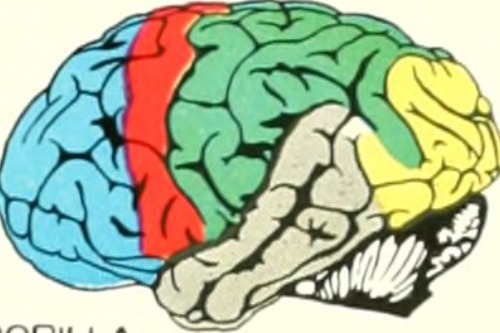
This one sounds like it came straight out of a sci-fi movie — probably because it did. The idea that we only use 10% of our brains has been repeated in classrooms, movies, and motivational speeches, but it’s completely false, according to Rubina Veerakone from the MIT McGovern Institute. Neurologists have confirmed over and over that virtually all parts of the brain have known functions. Brain scans show activity coursing through the entire brain, even during simple tasks.
So where did this idea come from? Some say it might have originated as a misquote of early psychologists, or maybe it was just catchy enough to stick. Regardless, it gave people a false sense of untapped “mental potential,” even though your brain’s already working overtime as it is. You don’t need to unlock a secret 90% — you’re already using the full system.
4. Cracking Your Knuckles Causes Arthritis

Teachers and parents alike used this one to get kids to stop fidgeting. But medical studies have shown that cracking your knuckles doesn’t increase your risk of arthritis, according to Claudia Hammond from the BBC. That popping sound? It’s just gas bubbles rapidly collapsing in the joint fluid — weird, but harmless.
So if you’re a chronic knuckle cracker, you can relax (literally). There’s no evidence linking the habit to joint damage or arthritis. Some studies suggest excessive cracking might lead to minor hand swelling or decreased grip strength, but even that’s debated. At worst, it’s annoying to other people — not a future medical condition.
5. Einstein Failed Math
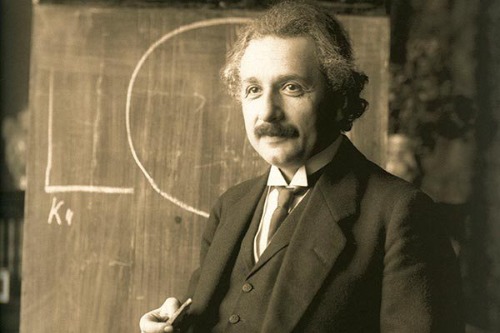
Many of us were told Einstein failed math in school, as a way to feel better about our own report cards. But the truth is, Albert Einstein was actually a math prodigy as a child, according to Britannica. He had mastered differential and integral calculus before most kids learn algebra. The myth likely comes from a misunderstanding or mistranslation of his school records.
It turns out that when Einstein said he got poor grades, he was referring to a different grading scale where a “1” was the best score, not the worst. But the story stuck because it made genius seem more relatable. People love a good “underdog turned genius” narrative. Unfortunately, this one’s just not true.
6. The Tongue Has Taste Zones

You might remember the tongue map from elementary school — sweet at the tip, bitter at the back, and so on. But that chart is totally wrong. Modern research has shown that all taste sensations — sweet, sour, salty, bitter, umami — can be detected across the entire tongue. There might be slight sensitivity differences, but the idea of strict zones is pure myth.
This bad science came from a mistranslated German paper from the early 1900s. It got picked up and plastered into textbooks for decades. Teachers passed it along as fact, even though it was debunked ages ago. Funny how one wrong diagram can stick around for a century.
7. Bats Are Blind

“Blind as a bat” is catchy, but it’s not accurate. Bats can actually see quite well, especially in low-light conditions. Many species even have night vision that rivals that of other nocturnal animals. And they use echolocation not because they can’t see, but because it gives them an edge in total darkness.
So why do people still think they’re blind? Probably because we associate echolocation with some sort of visual impairment. But the truth is, bats are just using every tool available to them. Honestly, they’re way more high-tech than we give them credit for.
8. The Great Wall of China Is Visible from Space

This was a favorite “wow” fact growing up — that the Great Wall is the only man-made object visible from space. But astronauts have confirmed that this isn’t true, at least not with the naked eye. The wall is narrow and blends into the natural landscape, making it extremely hard to see without zoom or special imaging. Cities, highways, and airports are actually more visible from orbit.
The myth started long before space travel, possibly as a way to emphasize the Wall’s impressiveness. And while it is an incredible feat of engineering, it’s not defying physics. It’s just another example of how we like our facts to feel magical, even if they’re wrong. Space doesn’t care about our pride in ancient architecture.
9. Chameleons Change Color to Camouflage

You probably learned that chameleons change color to blend into their surroundings. But in reality, they mostly change color to communicate or regulate their body temperature. Mood, light, and heat affect their skin’s color — not just the need to hide. Camouflage might be a side benefit, but it’s not the main reason.
The myth persists because it’s easy to simplify animal behavior for kids. Plus, cartoons and movies leaned heavily on the idea of “invisible lizards.” In truth, chameleon color change is way more complex and fascinating than just hiding from predators. It’s a full-blown reptilian mood ring.
10. You Have to Wait 24 Hours to Report a Missing Person
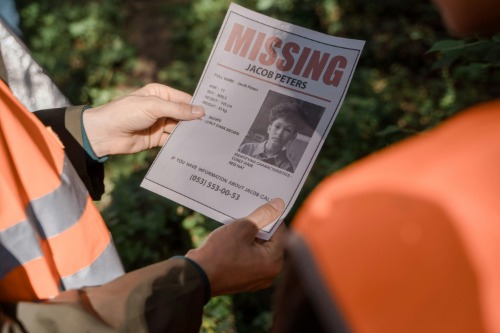
So many TV shows drilled this into us: you can’t report someone missing until they’ve been gone a full day. But that’s not true — and in real-life emergencies, that delay could be dangerous. Police departments across the U.S. encourage people to report missing persons immediately, especially if the individual is a child or at risk. There’s no magical 24-hour clock ticking down.
This false rule has led to delays that made investigations harder. It probably stuck around because it adds dramatic tension to crime dramas. But in reality, the first hours after someone disappears are the most critical. Waiting could be the difference between locating someone or losing the trail entirely.
11. There Are Only Three States of Matter
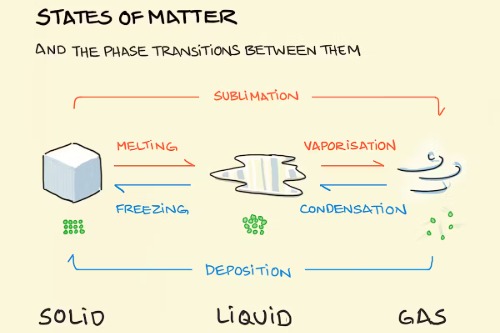
Solid, liquid, gas — and that’s it, right? That’s what most of us were taught in grade school. But there are actually more states of matter, including plasma and Bose-Einstein condensates. Plasma, for example, is the most common state of matter in the universe — think stars, lightning, and neon signs.
It’s not that schools were lying exactly — just massively oversimplifying. Scientists have identified at least five classical states and several more exotic ones under extreme conditions. But unless you took advanced science, you probably never heard about them. The universe is weirder than your 5th grade textbook let on.
12. Vikings Wore Horned Helmets
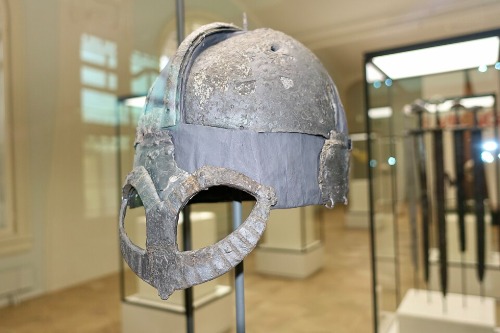
Those iconic horned helmets you see in movies and costume shops? Total myth. There’s zero archaeological evidence that Viking warriors actually wore helmets with horns. In battle, that would’ve been wildly impractical — horns could get caught or used against you.
The horned look likely came from 19th-century opera costumes and romanticized paintings. Over time, the image stuck and became shorthand for “Viking.” But real Norse warriors would’ve laughed (or scowled) at the idea. It’s another case of Hollywood rewriting history for flair.


